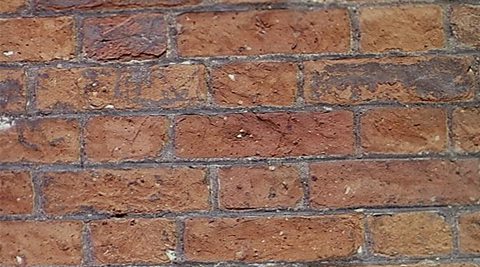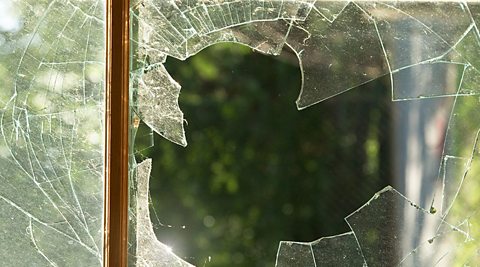Properties of different materials
Different materialsThings that are used, sometimes to make other things. have different propertiesThe characteristics of something. In chemistry, chemical properties include the reactions a substance can take part in. Physical properties include colour and boiling point., but they may also have some properties in common. Data is used to compare materials and to select the most suitable material for a product.
This table summarises some of the typical properties of glass and clay ceramicA solid and brittle material such as pottery, brick or glass., metalShiny element that is a good conductor of electricity and heat, and which forms basic oxides. and polymerA large molecule formed from many identical smaller molecules known as monomers.:
| Glass ceramics | Clay ceramics | Metals | Polymers | |
| Appearance | Transparent | Opaque | Shiny | Transparent or opaque |
| Melting point | High | High | High | Variable |
| Malleable or brittle | Brittle | Brittle | Malleable | Both |
| Electrical conductivity | Poor | Poor | Good | Poor |
| Ability to conduct heat | Poor | Poor | Good | Poor |
| Appearance | |
|---|---|
| Glass ceramics | Transparent |
| Clay ceramics | Opaque |
| Metals | Shiny |
| Polymers | Transparent or opaque |
| Melting point | |
|---|---|
| Glass ceramics | High |
| Clay ceramics | High |
| Metals | High |
| Polymers | Variable |
| Malleable or brittle | |
|---|---|
| Glass ceramics | Brittle |
| Clay ceramics | Brittle |
| Metals | Malleable |
| Polymers | Both |
| Electrical conductivity | |
|---|---|
| Glass ceramics | Poor |
| Clay ceramics | Poor |
| Metals | Good |
| Polymers | Poor |
| Ability to conduct heat | |
|---|---|
| Glass ceramics | Poor |
| Clay ceramics | Poor |
| Metals | Good |
| Polymers | Poor |
Ceramics

Clay ceramics include brick, china and porcelain. Clay ceramics are opaqueNot transparent or see-through..
Ceramics are:
- hardAble to resist wear, scratching and indentation.
- strong in compressionBeing squashed. so they don’t give way when squeezed
- weak in tensionPulling force exerted by each end of an object such as a string or rope. and break easily if stretched
- brittleIf something is brittle it is easily broken. which means that they snap rather than change shape when stressed

Glass is a transparentAble to be seen through. ceramic material.
Metals
Metals are:
- malleableCapable of being hammered or pressed into a new shape without being likely to break or return to the original shape. so they can be bent into shape without shattering
- ductileA ductile material is capable of being drawn into thin sheets or wires without breaking. so they can be made into wires without shattering
- good conductorA material which allows charge to move easily through it. of electricity and heat
- strong in tension and compression
- stiff so they keep their shape when forces act on them
The densityA measure of compactness and the ratio of mass to volume. It is usually measured in kilograms per metre cubed (kg/m3) or grams per centimetre cubed (g/cm3). of metals varies. An object made of a dense metal is heavier than one made of a less dense metal.
Polymers
polymerA large molecule formed from many identical smaller molecules known as monomers. are:
- poor conductors of electricity and heat
- durable (last a long time)
- low in density, meaning that objects made from polymers tend to be lighter than those made from metals
Their other properties, such as melting pointThe temperature at which a solid changes into a liquid as it is heated., vary depending upon the type of polymer.
Polymers can be transparent or opaque. They are often flexibleCapable of being bent or flexed many times without breaking., but some are brittle. Many polymers are not hard and can dent or scratch easily.
The softening temperature depends on the type of polymer. Some polymers soften when heated but others, once moulded, no longer soften.